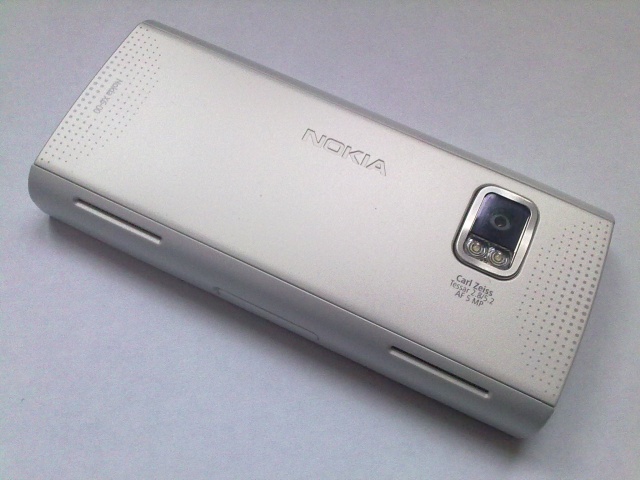Firstly, let me pick eight pretty examples from my Symbian smartphone-shot collection. While the subject matter isn't stunning, they're all photos which I'm more than happy for others to see and criticise from a technical standpoint. Your job, while scrolling down, is to guess which top smartphone took each (or indeed any) - I'll guarantee that you don't get ANY of them right....
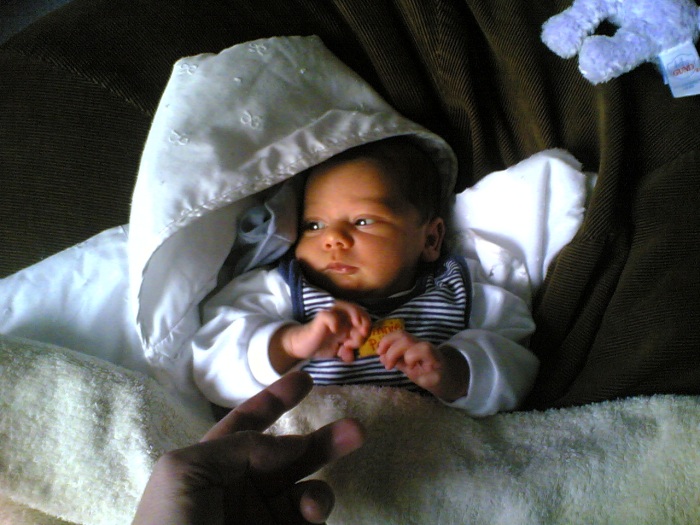
A really cute baby shot (not my daughter, by the way, she's somewhere below)
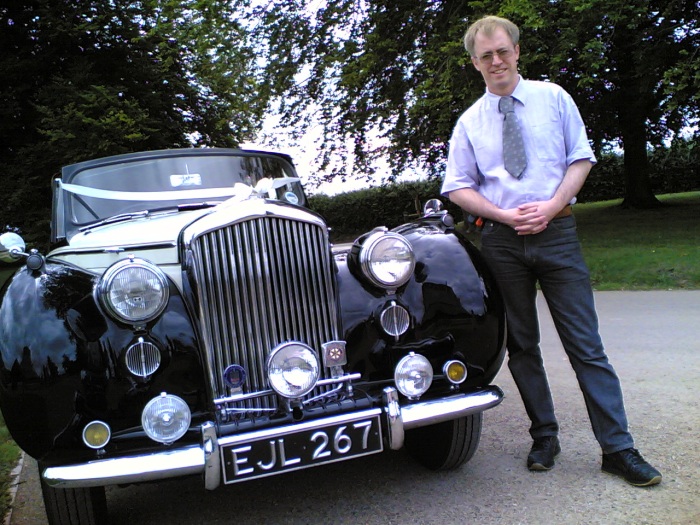
A deliberately (or so my wife tells me!) artistically skewed shot
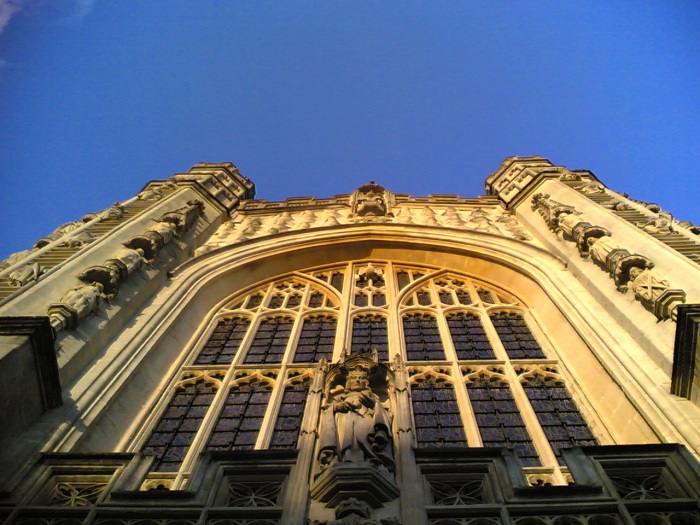
I'm a sucker for sunlit architecture and gorgeous blue sky....
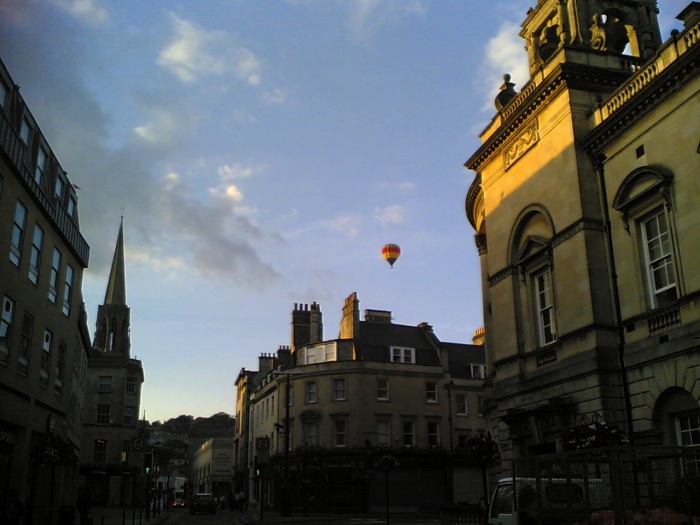
The city of Bath, I believe, near sunset, with a hot air balloon forming a nice point of interest

No hurry, just ambling along....

No sun on this day, but we had a great time and a typical shot to stir memories...
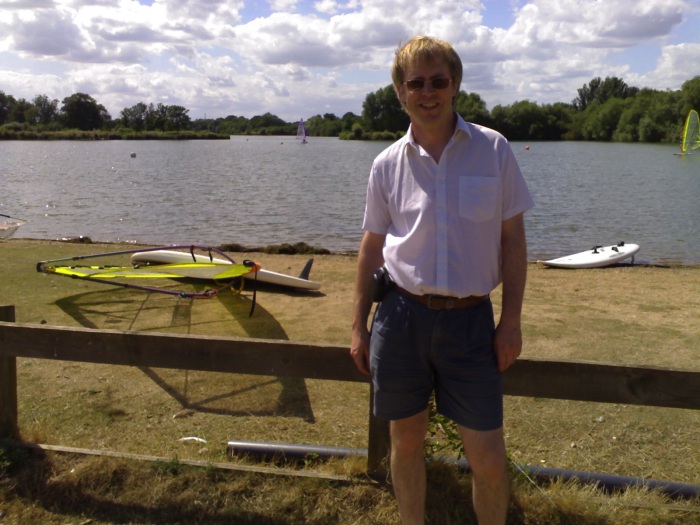
Out by the lake, a great spot for photos when the sun's out
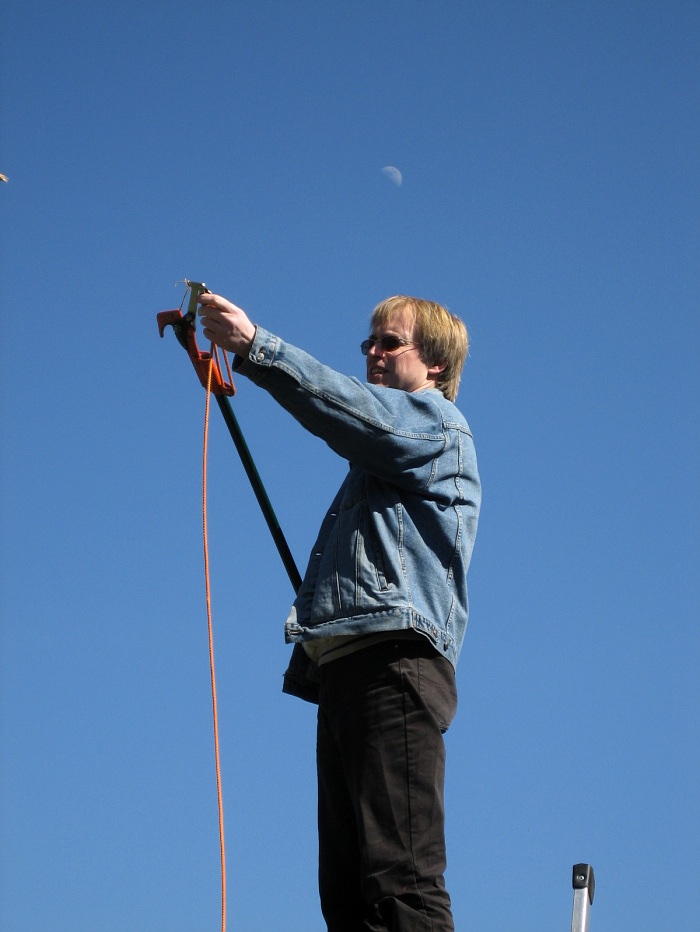
A stunning blue sky and, yes, that's the moon in the background...
So, without cheating (looking at the filenames!), can you guess which top camera-toting smartphone took these photos?
Obviously something pretty decent, right? Presumably something with:
- Carl Zeiss optics
- Auto-focus
- A decent sensor
- Lens protection
- Mechanical shutter
... or any one of a number of characteristics of the top camera phones of today?
Well....
The first five photos were taken on the Nokia 6630 from 2004, six years ago, with its (paltry by modern standards) 1.3 megapixel, fixed focus, non-branded, unprotected lens! The last three photos were taken on the Nokia E70 from 2005, a year later, with 'massive' 2 megapixel resolution and other similar attributes.
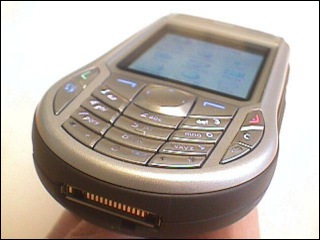
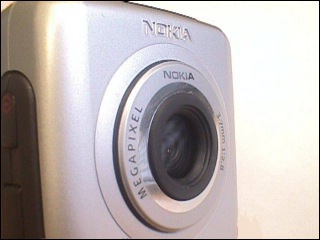
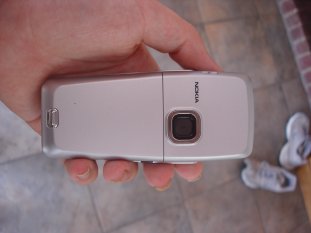
Hopefully I've just surprised you with just how old and under-specced these two phone camera units were, given the results? You may remember that I've written before about the megapixel myth. Now, don't get me wrong, a higher-specced camera phone is better overall (usually), but hopefully I've demonstrated above that under good lighting conditions* you don't actually need a top camera. What you do need is creativity, an awareness of light levels, a knowledge of any pertinent limitations of the camera unit in your phone... and a smidgen of good luck.
* As the light conditions deteriorate, the better camera units come into their own, of course - in extreme cases (think Nokia N8 or Sony Ericsson Satio) with large sensors and Xenon flash.
So, if you're stuck with a smartphone with 'average' 3 megapixel or 5 megapixel optics and sensor, what can you do to get better results?
- Don't worry too much about dust on an unprotected camera lens/glass, a brief wipe on a soft cloth is all that's needed to get rid of any finger grease - if you get too zealous about cleaning the glass, you'll end up with hundreds of micro-scratches. These won't affect photos too much, but they will look ugly.
- Don't worry about changing 'scene mode' or other settings, most of them don't make any difference. See here for detail on which ones are worth worrying about, if you have the time.
- Unless you have a Nokia N8 (ha!) or perhaps Nokia N86 8MP, so you'll need to have lots of light around to register on your phone camera's small-ish sensor. Sunlight is best, of course, but there are still wide variations in light levels on overcast days. Low light means potentially 'noisy' photos. And focussing won't be as accurate. Shooting snaps indoors will often produce disappointing results - you'll notice that most of the above were taken outdoors.
- The usual photo-taking tips apply, as with any camera phone: try to brace yourself when taking a photo, so that the device doesn't shake; wait a fraction of a second after the shutter sound before moving the phone down; think about the source of light and try to have it in the arc behind you if possible; for important static shots, take more than one, just in case - one may be sharper, better focussed or more shake-free.
Steve Litchfield, AAS, 15 July 2010
